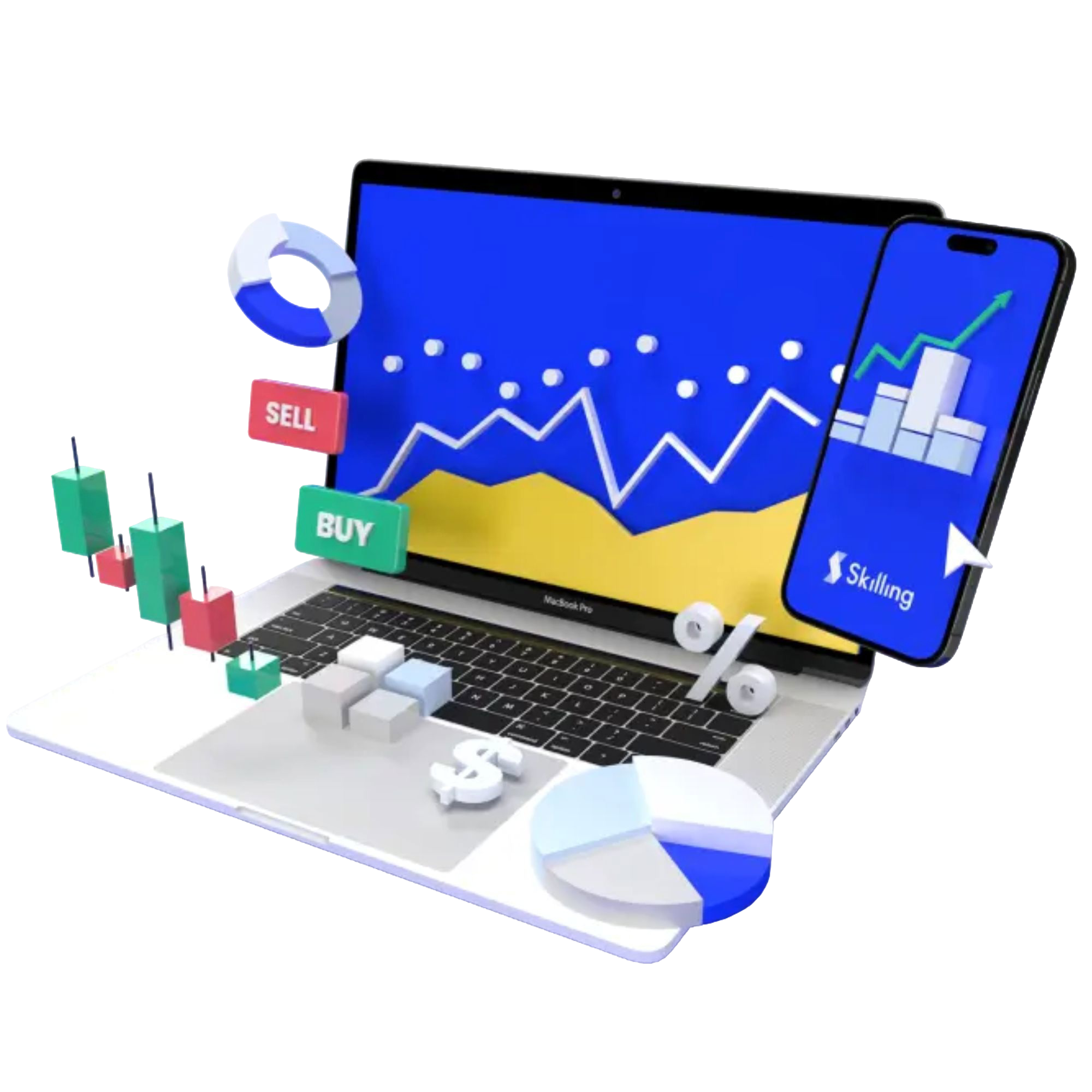Hyperinflation is an economic phenomenon that can have devastating effects on a country’s economy and its citizens’ standard of living. Unlike regular inflation, which is a normal part of economic cycles, hyperinflation represents an extreme case of rapid, excessive, and out-of-control price increases.
This article will delve into the concept of hyperinflation, explore its causes, provide real-world examples, discuss its effects, and offer strategies on how to prepare for such an economic crisis.
Practice with a Demo Account
Try our demo account and experience real market conditions.

What is hyperinflation?
Hyperinflation is a condition of very high and typically accelerating inflation. It quickly erodes the real value of the local currency as the prices of goods and services increase uncontrollably. While there is no specific threshold that defines hyperinflation, it is often characterized by monthly inflation rates exceeding 50%.
This extreme inflation scenario can lead to a collapse in the currency's value and significant economic instability.
Causes of hyperinflation
Hyperinflation is usually driven by a combination of factors that include:
- Excessive money supply: One of the primary causes is the rapid increase in the money supply without a corresponding growth in economic output. When a government prints money excessively to pay off debts or finance spending, it can lead to hyperinflation.
- Loss of confidence: When consumers and businesses lose confidence in a currency, they tend to spend money quickly before it loses more value, leading to a rapid increase in the velocity of money.
- Demand-pull inflation: When demand for goods and services outpaces supply, it can lead to higher prices. In a hyperinflation scenario, this demand-pull effect is extreme.
- Cost-push inflation: Significant increases in the cost of production, such as a rise in raw material prices or wages, can contribute to hyperinflation if businesses pass these costs onto consumers.
- Political instability: Economic policies during periods of political instability or war can trigger hyperinflation, especially if governments resort to printing money to fund expenditures.
Trade Demo: Real trading conditions with zero risk
Trade risk-free on Skilling’s award winning platforms with a 10k* demo account.

Real-world examples of hyperinflation
Several countries have experienced hyperinflation throughout history. Here are a few notable examples:
- Weimar Republic (Germany), 1921-1923: After World War I, Germany faced enormous reparations payments and resorted to printing money, leading to hyperinflation. Prices doubled every few days, and by November 1923, one US dollar was worth 4.2 trillion German marks.
- Zimbabwe, 2007-2008: Zimbabwe experienced hyperinflation due to land reform policies, political instability, and excessive money printing. At its peak, inflation reached 79.6 billion percent month-on-month in November 2008.
- Venezuela, 2016-Present: Economic mismanagement, falling oil prices, and political instability have led to hyperinflation in Venezuela. At its height, the inflation rate exceeded 1,000,000% annually.
Effects of hyperinflation
Hyperinflation can have severe and far-reaching effects on an economy and its citizens:
- Currency devaluation: The local currency loses value rapidly, leading to a loss of purchasing power.
- Savings erosion: People’s savings become worthless as the currency devalues, leading to a decrease in wealth.
- Price instability: Prices of goods and services increase uncontrollably, making it difficult for consumers and businesses to plan and budget.
- Economic collapse: Hyperinflation can lead to a collapse in economic activity, as businesses struggle to operate in a highly unstable environment.
- Social unrest: The economic hardships caused by hyperinflation often lead to social unrest and political instability.
How to prepare for hyperinflation
Preparing for hyperinflation involves several strategic measures to protect assets and maintain financial stability:
- Diversify investments: Hold assets in various forms, such as real estate, precious metals like gold, and foreign currencies. For instance, understanding the silver price can help in diversifying and safeguarding wealth. Please note that past performance is not indicative of future results.
- Invest in tangible assets: Tangible assets, such as property and commodities, tend to retain value better than cash during hyperinflation.
- Hold foreign currencies: Keeping money in stable foreign currencies can protect against the devaluation of the local currency.
- Stock up on essentials: Having a stockpile of essential goods can mitigate the impact of price instability and shortages.
- Reduce debt: Paying off debts can protect against rising interest rates and the increasing cost of borrowing.
Summary
Hyperinflation is an extreme economic condition characterized by rapidly increasing prices and a devaluing currency. Understanding its causes and effects can help individuals and businesses prepare and protect their assets. By diversifying investments, holding tangible assets, and staying informed, one can better navigate the challenges posed by hyperinflation.
FAQs
1. What is hyperinflation?
Hyperinflation is a condition of very high and typically accelerating inflation, often exceeding 50% per month, leading to a rapid loss of the currency's value.
2. What causes hyperinflation?
Hyperinflation is caused by factors such as excessive money supply, loss of confidence in the currency, demand-pull and cost-push inflation, and political instability.
3. Can you provide examples of hyperinflation?
Notable examples include Zimbabwe (2007-2008), and Venezuela (2016-present). Source: Investopedia
4. What are the effects of hyperinflation?
Effects include currency devaluation, erosion of savings, price instability, economic collapse, and social unrest.
5. How can one prepare for hyperinflation?
Preparation strategies include diversifying investments, investing in tangible assets, holding foreign currencies, stocking up on essentials, and reducing debt.
By understanding and preparing for hyperinflation, individuals and businesses can mitigate the risks and protect their financial stability during economic crises.











